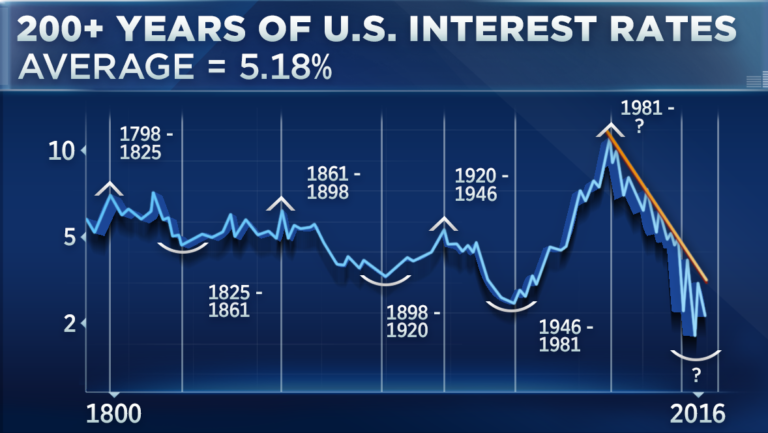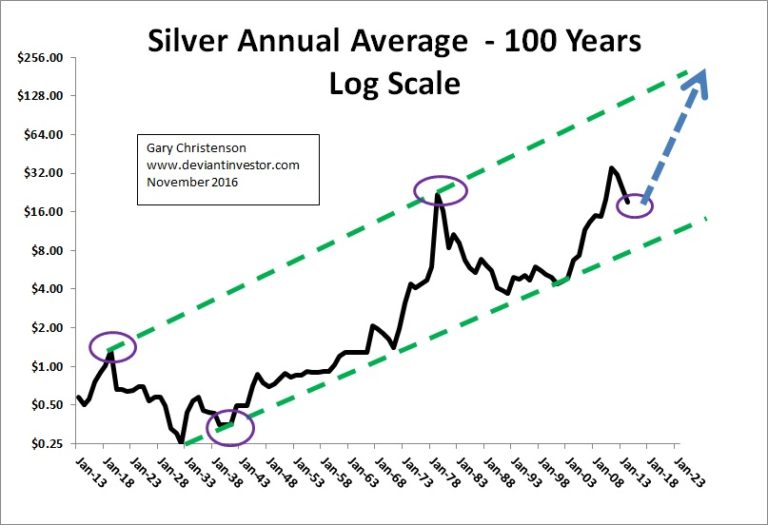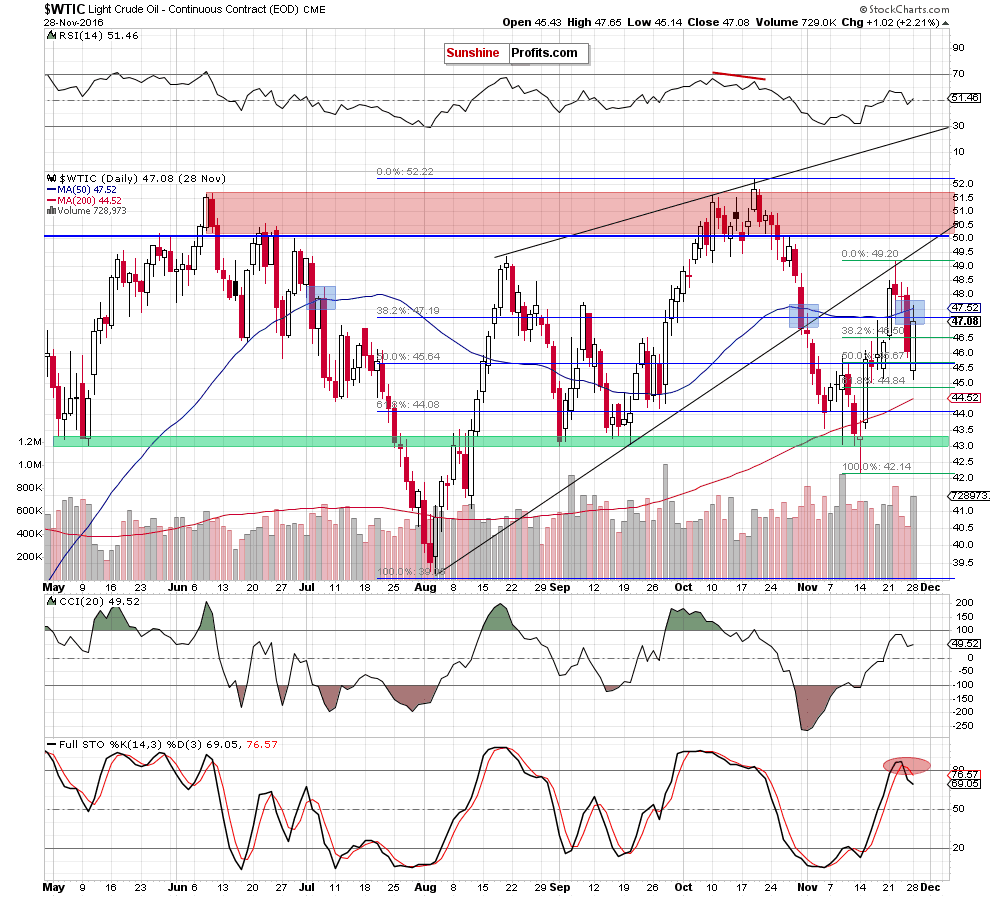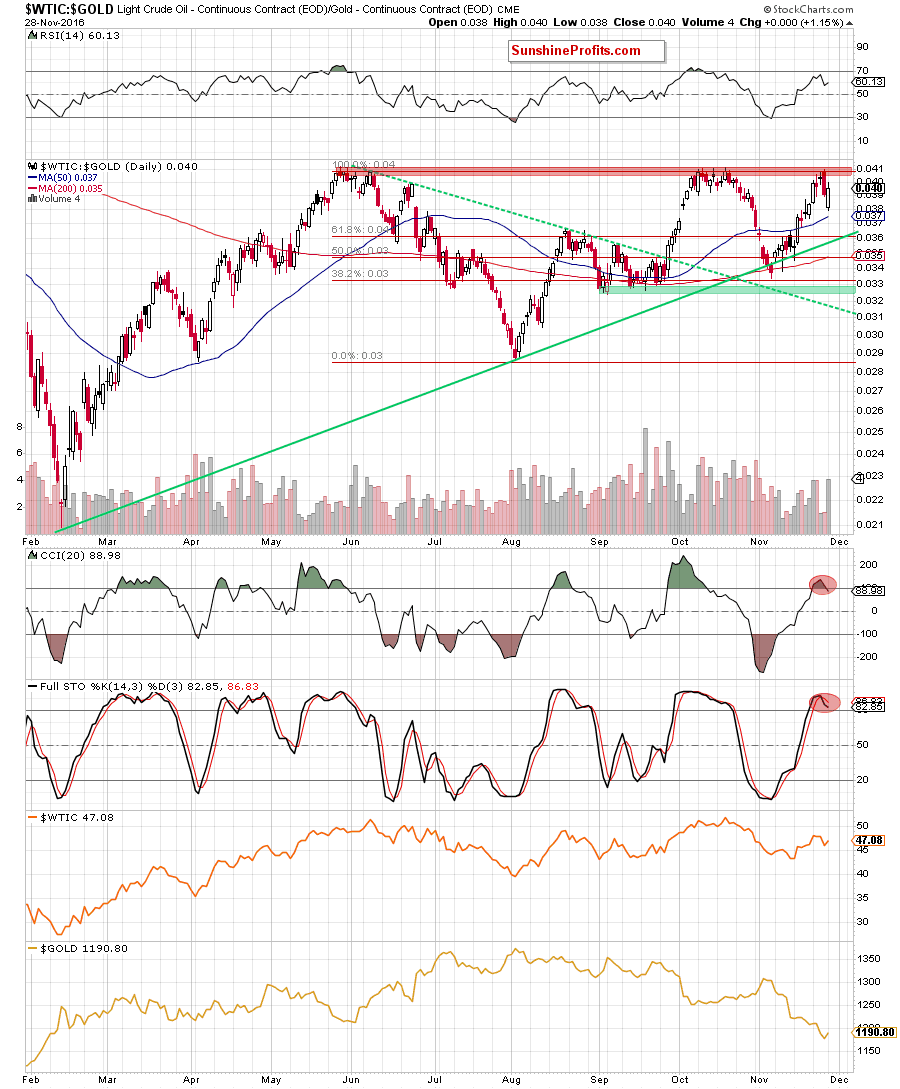Energy & Commodities
 Watch For This Africa X-Factor In Copper Prices For 2017
Watch For This Africa X-Factor In Copper Prices For 2017
Warnings of a potential surge coming in global copper prices this week. Emerging from a place few observers in the space are focused on.
The southern Africa producing nation of Zambia.
Industry sources in Zambia told Reuters this past week that some big changes are quietly afoot in the copper market here. Triggered by a change in government policy for local smelters.
That’s a new tax reportedly being introduced by the Zambian government on imports of copper concentrates. With officials apparently planning to tax incoming shipments of concentrate at up to 7.5%.
Here’s why that matters for global copper prices.
Industry sources said the proposed tax would likely make concentrate imports uneconomic for most Zambian smelters. With these buyers unable to make a profit if the additional levy is added on top of already-thin margins.
That would likely bring a halt to concentrate imports into Zambia. Which currently run at least 500,000 tonnes yearly, coming from mines in the neighboring Democratic Republic of Congo.
Industry sources said the sudden surplus of Congolese concentrate would “upset the supply chain for the first six months of 2017.” With 500,000 tonnes of concentrate supply here now seeking buyers elsewhere in the world – possibly in China or India, shipped through South African ports.
Given the long distance involved, it could take up to two months for these concentrates to start reaching smelters. With sources estimating that up to 150,000 tonnes of copper metal production could be delayed by the transit.
That could result in a short-term supply squeeze. Potentially spiking copper prices higher, at least for a few months in early 2017.
Zambia’s smelters have reportedly been pressuring the government to drop the new tax. Watch for a final decision on this critical legislation, and for resulting effects in copper supply and prices if the measure does go ahead.
Here’s to butterfly wings flapping,

Dave Forest
dforest@piercepoints.com


To the United Nations: Four hours and 29 minutes, 1960.
In Cuba: Seven hours and 10 minutes, Communist Party Congress, 1986.
– Guinness Book of Records.

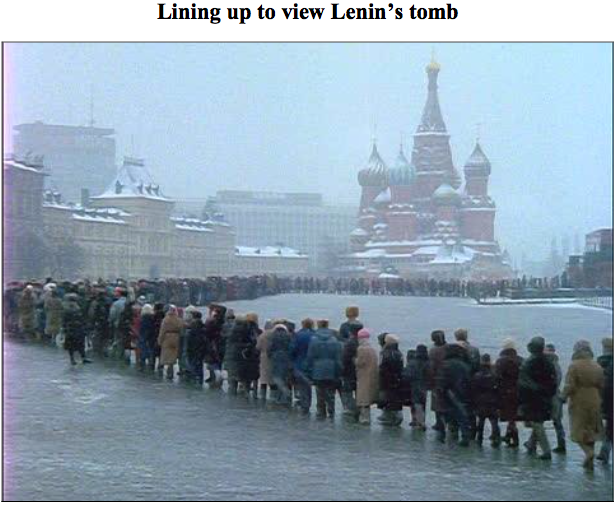
It is said that Russians wanted to make sure he was really dead.
BOB HOYE, INSTITUTIONAL ADVISORS – WEBSITE: www.institutionaladvisors.com

This is a day that rejects the adversarial confrontational path, a day where you can participate in improving your community by making a pledge to Orhpans in need. Join Michael between 2 and 4 today on CKNW’s Ophans Fund Pledge Day, where he will do his utmost to enhance the health and welfare of children in BC. Please give generously. Donate HERE or call Michael.
….also from Michael: Somewhere Between Ridiculed & Violently Opposed

Originally published on Nov 29, 2016, 9:35 AM
Trading position (short-term; our opinion): No positions are justified from the risk/reward perspective.
Crude oil gained 2.21% yesterday and came back above $47, but taking a dive today, confirming that closing the long positions yesterday and taking profits off the table was a good idea. Now, the question is how much does today’s decline actually change.
Let’s take a look at the charts to find out (charts courtesy of http://stockcharts.com).
Looking at the daily chart, we see that crude oil bounced off the mid-Now lows and climbed above $47, reaching the previously-broken 50-day moving average. We saw similar situation at the beginning of Jul and at the turn of Oct and Nov. In both previous cases, verification of breakdowns preceded further declines, which increases the probability of the realization of our yesterday’s outlook:
(…) With Friday’s decline, the commodity also slipped below the 50-day moving average and Fibonacci levels, which doesn’t bode well for light crude – especially when we factor in a sell signal generated by the Stochastic Oscillator. Taking all the above-mentioned negative factors into account, it seems that crude oil could extend losses and even a test the previously-broken 200-day moving average in the coming days.
With the outlook being rather bearish despite yesterday’s upswing, it is quite natural to view today’s decline as a confirmation. Besides, the bearish scenario is also supported by the current situation in the oil-to-gold ratio.
From this perspective, we see that the ratio reached the key red resistance zone, which stopped increases in Oct. This area triggered also a pullback on Friday, which in combination with sell signals generated by the CCI and Stochastic Oscillator suggests that lower values of the ratio (and crude oil as strong positive correlation remains in play) are just around the corner.
Summing up, although crude oil rebounded yesterday, the 50-day moving average stopped further improvement, which in combination with a sell signal generated by the Stochastic Oscillator and the current situation in the oil-to-gold ratio suggests that we’ll see another attempt to move lower and even a test the 200-day moving average in the coming days. For now, it seems that keeping the profits from the previous trades intact and waiting for another trading opportunity is justified from the risk to reward point of view.
Very short-term outlook: mixed
Short-term outlook: mixed
MT outlook: mixed
LT outlook: mixed
Trading position (short-term; our opinion): No positions are justified from the risk/reward perspective.
Thank you.
….also:
Stock Trading Alert: New Record Highs, But Will The Uptrend Continue


